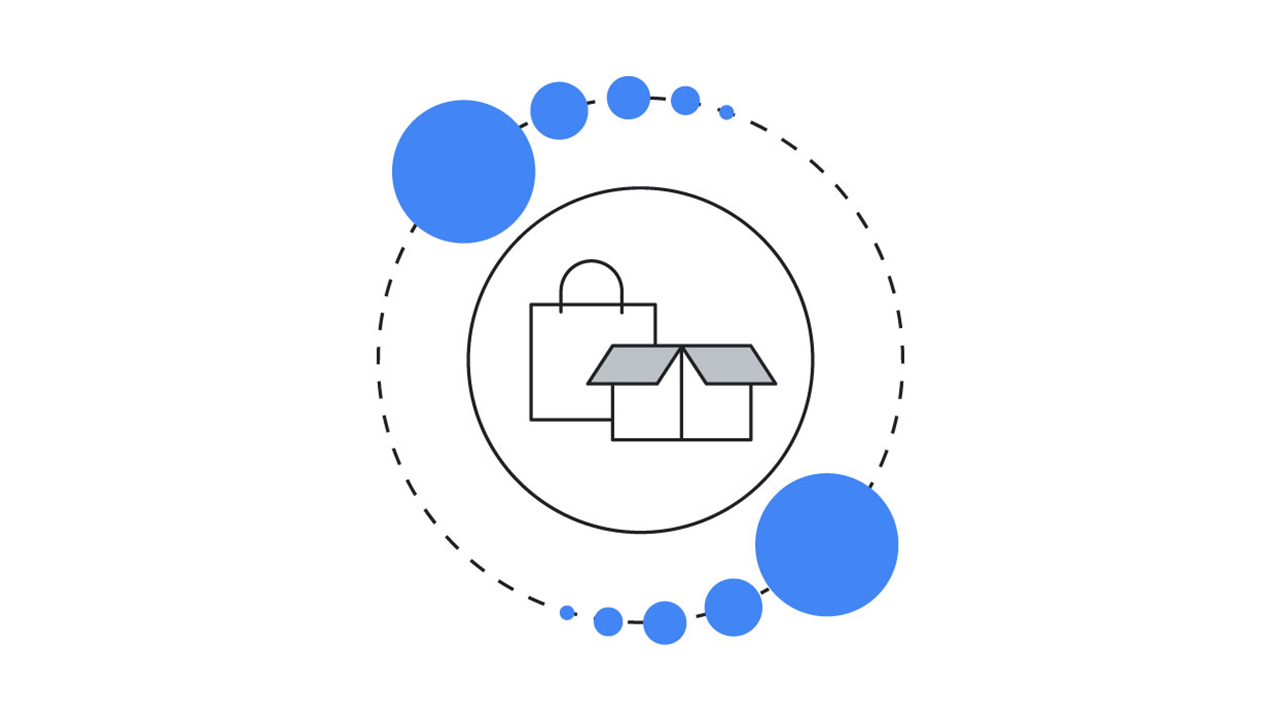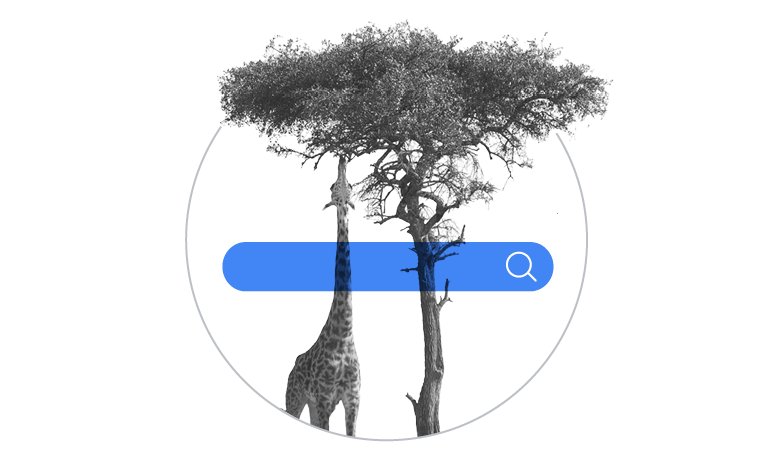Equality, data ethics, and reaching the at-home consumer are just some of the topics on marketing agendas for 2021. But what other digital marketing trends will be making waves in the coming year? Google leaders from across EMEA share their predictions for 2021.
Reaching the at-home consumer

Due to COVID-19, consumers spend more time at home than ever before. The basic human need for joined experiences, however, remains. People increasingly turn to online video to stay informed, entertained, and connected. It is predicted that in 2022, more than 80% of consumer internet traffic will be driven by online video. And this trend is expected to accelerate due to the rise in digital adoption during the pandemic.
The stay-at-home directives also amplified the shift to TV screens as people enjoy watching content on the big screen. Overall watchtime of online video has increased, with YouTube on TV growing by 80% year-on-year (YoY) in March 2020.1 This shift opens up opportunities for brands to connect with consumers in new ways.
Some brands have already done this. Swiss shoe brand On created a live event on YouTube for a new sneaker launch, when their Wimbledon campaign fell through due to the pandemic. Being successful in 2021 means tapping into the online video trend to reach and engage the consumer where they are.
Equality on the marketing agenda

Global search interest in the term ‘Black-owned business’ surged in mid-2020 as the Black Lives Matter movement gained further international attention and recognition. It was a powerful indication that people are seeking to drive change, not just through campaigning but in the decisions they make as consumers.
The conversation on racial equality has undoubtedly advanced in 2020, but in 2021 people will expect more of brands than just speaking up. Businesses will need to take an increasingly proactive approach — and empower consumers to do the same. Consumers are shopping more mindfully, and they hold power in where and how they spend their money. If brands don't meet their expectations, then they could be at risk.
For example, we're addressing these important issues through economic empowerment — from our fund for Black-owned businesses to closing the skills gap through Google Digital Garage.
It is the role of marketers to ensure equality is on the agenda. This includes fostering a diverse environment internally and being mindful of how you approach your campaigns.
A new era of data ethics

If there is one thing we have learnt this year, it's that online tools have been a real lifeline. As more people go online, protecting their privacy and data is even more critical. People expect brands to safeguard their data and be clear about how they are using it, and what they are offering in return.
The industry is adapting to meet people’s needs, and in 2021 the conversation surrounding data ethics will turn into action for many brands. The entire digital ecosystem only functions if people can trust it. Data ethics is a process of choosing to do what’s right for people, rather than just a base level of compliance. This is a complex topic but companies care about it and want to get it right. At Google, we think about data ethics as a series of principles that inform everything we do.
A recent survey of Google clients in EMEA showed the vast majority are now holding discussions about data ethics at a leadership level. One in five say they have established a privacy centre of excellence — a senior team focused on data privacy — that has prepared them for regulatory change.2
Preparing for marketing in a cookieless world

Measurement is more important than ever for strong performance marketing. Successful online measurement has been heavily reliant on cookies that log useful information about what happens after a person has clicked an ad. User privacy demands and regulations such as GDPR, mean that traditional approaches to measurement need to evolve in line with a changing ecosystem.
In 2021, there will be a continued emphasis on innovative, privacy-first measurement, with marketers relying on sophisticated techniques like conversion modeling to quantify how successful their digital campaigns are.
To future-proof your performance measurement in a world without third-party cookies, you should have durable tagging and analytics in place, respect users’ choices by collecting the right consents and storing them safely, and invest in first-party data. By building a strong and robust infrastructure you’ll be able to measure more with less data.
Consumer trends show a demand for sustainability

The pandemic has reinforced consumer demand for sustainability. ‘Recycling’ behaviours are the most established, but consumers are also considering their impact on the environment as they make purchasing decisions. For example, Google Trends shows that in the ‘food’ category people have increasingly been searching for ‘sustainable’, ‘local food’, and ‘veganism’.
People want brands to demonstrate responsibility and transparency through concrete actions. Research on sustainable fashion shows that creating and communicating sustainable attributes has a halo effect, influencing customer perceptions — especially around quality and value — at key decision-making moments. And in the tech industry, our CEO Sundar Pichai has committed to operate on 24/7 carbon-free energy in all Google data centers by 2030.
Brands at the forefront of these changes are constantly looking for ways to improve their environmental efforts, whether through partnerships, industry-wide initiatives, or new production and recycling techniques. It’s the marketing team’s role to be transparent about how the business operates within the wider ecosystem and demonstrate concrete progress.
Mobile apps will be key to business growth

The big media consumption story in 2020 was time spent on mobile. Globally we spent over 1.6 trillion hours on our phones in the first half of the year. And in the third quarter, apps usage surged by 25% YoY, with 180 billion hours each month spent on apps. The same research highlights that categories expected to particularly benefit from this rise in app popularity include food delivery, games, online learning, entertainment, and shopping.
As we look towards economic recovery post-COVID, 30% of consumers believe shopping experiences will never go back to the way they were. This makes it increasingly important for retailers to capture this new growth opportunity on apps.
Downloading an app is in itself an indication of affinity for a brand. After all, app users tend to be more loyal customers. For retailers, app users spend three times more than other mobile customers. As this trend continues into 2021, businesses should prioritise their app strategy and ensure it’s a value-add channel for their customers.
Focus on consumer trust when using automation

It’s no secret that consumer behaviour has changed dramatically in the past year. Brands can look to automate some of their services to stay agile and meet these emerging needs and expectations. Marketing automation can help brands be more efficient, whether it’s through an autofill functionality, managing recurring orders, or by utilising a customer service chatbot.
However, brands must be mindful of the social rules. Treating consumers’ personal data with respect is paramount. When a relationship between a brand and their customers is built on trust, people are more open to sharing their personal information, which in turn can aid automated services.
In 2021, be transparent with your customers about how and why you will be using their personal information. This will build trust. Automation will allow you to optimise the experience you provide, but this will only be successful when there is a transparent two-way value exchange in place.
With the retail industry having been reshaped significantly due to the pandemic, we will be publishing retail-specific trends at the start of the new year. For more insights into the future of marketing in the meantime, you can read our mid-year digital marketing predictions where we looked at the long-term effects of COVID-19 across industries.







